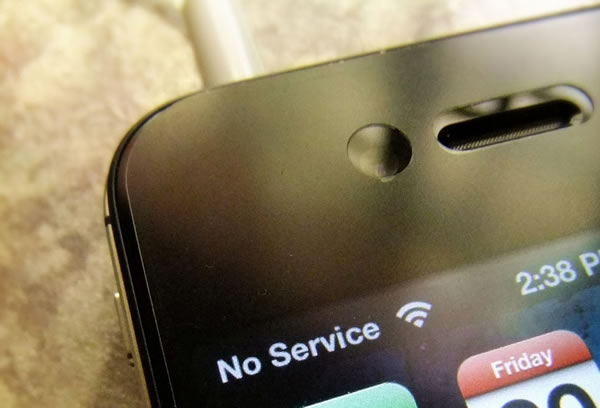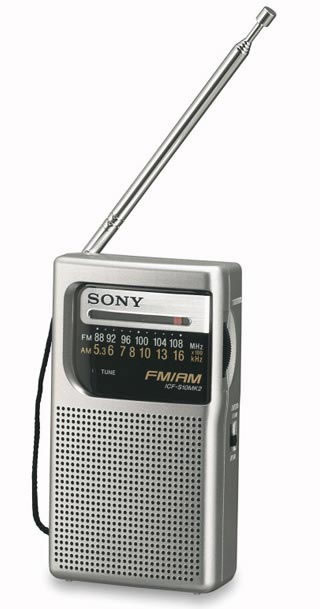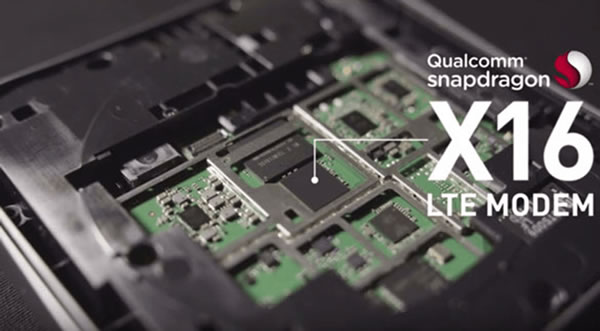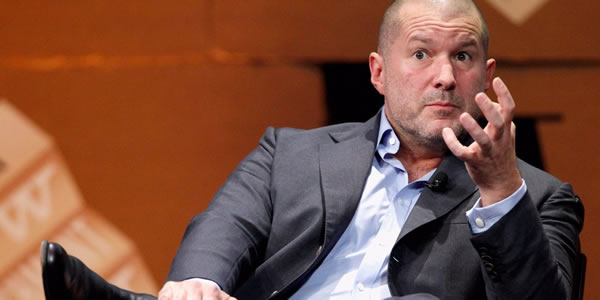
running the FM radio app.
When Hurricane Irma closed in on the Tampa Bay area Sunday evening, the power went out at around 7:30, and soon afterward, cellular service became spotty and then disappeared entirely. However, we weren’t cut off from information about Irma because we fell back on a 1930s technology, FM radio, which is built into every smartphone, and accessible on many Android phones (including mine).

In the age of the smartphone, you might think your Android or iPhone can replace a radio receiver as a lifeline during a disaster. After all, while a radio receiver is audio-only and one-way, your smartphone can both send and receive text, audio, picture, video, and location information — but only if the cellular towers nearby are up and running. If the nearby tower is damaged, loses power, or gets overloaded, you’ll be cut off and left with the dreaded “No Service” indicator on your phone.

Consult just about any disaster preparation guide for a checklist of “must-haves”, and one of the items on that checklist will be a battery-powered radio. When phone and internet service fails, you can fall back on radio as long as you have batteries. (Better still, if you have a radio with a hand-crank generator, you don’t even need batteries.)
We have a nearly century-long tradition of radio stations providing vital information during disasters of all kinds. In the case of Irma, they did one better and teamed up with TV newsrooms. During the storm, many radio stations in the Tampa area teamed up with TV stations to provide continuous coverage of and information about the storm, such as where it was, how quickly and in which direction it was moving, and what to do. It was a valuable resource for many people, and it may have even saved a few lives.

You may think that you don’t own a portable FM radio, but chances are that you do. It’s just hidden away in your smartphone.
Just about every mobile phone maker — even the big ones who manufacture their own processor and graphics chips, such as Apple and Samsung — gets their cellular modem chipsets from a single manufacturer: Qualcomm. In fact, Qualcomm pretty much has a monopoly on these chipsets, which in addition to sending and receiving cellular signals, have an FM receiver baked in. You wouldn’t know it in the U.S., as fewer than half the smartphones have the FM receiver enabled, and they’re all Androids.

My Android phone is a Moto G4, and in addition to having an enabled FM receiver, it also comes “out of the box” with the FM Radio app, which simply provides a user interface for the FM radio capability. When the power went out in our part of Tampa on Sunday at around 7:30 p.m. and the cell service disappeared shortly after, I fired up the FM Radio app and we had updates on the storm’s progress all night long. In fact, I also used the phone’s FM radio and all day the next day — and there was still battery power to spare and the end. That’s because FM radio uses considerably less power than just about any smartphone function (and it uses no data at all!).

My iPhone doesn’t expose its FM radio capability, and it was useless as a source of updates until the cellular connectivity improved the next day, well after the storm had passed. I can’t say for certain, but I’ll just blame Apple designer Jony Ive, who’s never met a much-loved traditional feature that he didn’t like to remove. I get the feeling that FM radio is too distastefully old school to include as an iPhone capability, even though it’s already there.
While I experienced the usefulness of FM radio in smartphones during an emergency firsthand for the first time during Irma, it’s been clear to broadcasters and public safety officials — FEMA (the Federal Emergency Management Agency) included (see the video above) — that there are great benefits to unleashing this capability. The National Association of Broadcasters (NAB) has been lobbying to require the FM radio capability to be enabled in smartphones, and even Ajit Pai, chairman of the Federal Communications Commission (FCC) has been advocating for this (but he won’t go beyond advocacy). At an NAB event in February, he said:
“It seems odd that every day we hear about a new smartphone app that lets you do something innovative, yet these modern-day mobile miracles don’t enable a key function offered by a 1982 Sony Walkman.”
In Mexico, where there’s a strong radio culture (and a rise in non-commercial and community radio over the past decade), the Federal Telecommunications Institute (CIRT) approved a new rule in April requiring all smartphone manufacturers to enable the FM receiver. CIRT’s rationale was that in emergencies and disasters, having the FM capability would make it possible for people to get alerts and vital information when cellular networks failed. Mexico is the first country to pass such a law, and it’s hoped that other countries will follow suit.
Find out more
The go-to place for the movement to make the FM radio capability that’s already in our phones, waiting to be unleashed, is FreeRadioOnMyPhone.org. It has the latest info on the movement to enable FM radio on smartphones, including:
- How to get FM radio working on your Android phone
- How to contact Apple to ask them to enable FM radio listening on their phones
- How to contact the FCC and ask them to require FM radio be made available on phones
- The latest new about the movement
You may also find these articles of interest:
- Inside Radio: Emergencies Push FCC To Lobby For Smartphone FM
- Wired: Your phone has an FM chip. So why can’t you listen to the radio?
- NPR: The Hidden FM Radio Inside Your Pocket, And Why You Can’t Use It
- eMarketer: New Rules in Mexico Unlock FM Radio on Smartphones
- Recode: Trump’s FCC chief wants it to be easier to listen to free FM radio on your smartphone
- The Atlantic: Is that an FM radio in your pocket?
And finally, an article that needs to be pointed out because it’s dead wrong (and unsurprisingly, published by 2010-era Business Insider, from the time they were almost stealing content): Mandatory FM Radio: A Dumb Idea For Smart Phones, in which its clueless author says that it’s just a move to prop up the dying terrestrial radio industry.
This article also appears in The Adventures of Accordion Guy in the 21st Century.

One reply on “When my Android phone (and its FM radio) proved clearly more useful than my iPhone”
I updated my fm radio apk and since then whenever I play the fm it will stop in the next 2 minutes. I have to scan for stations before it will play and go off again